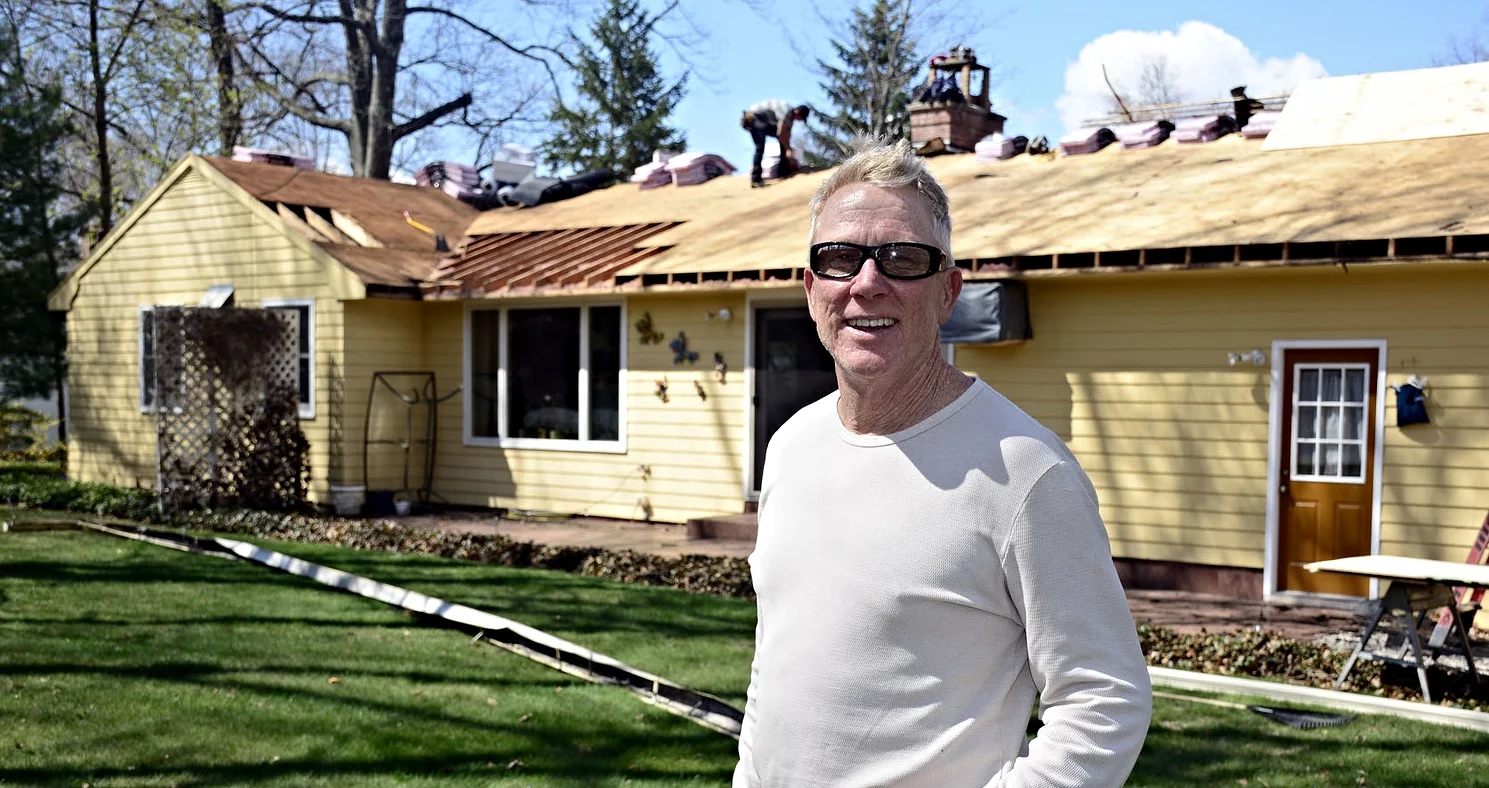Chilly Temperatures Going Through the Roof
Chelsea O'Donnell
After some more chilly temperatures and another burst of snow, people all around town are getting tired of being cold in their homes. This week, I received a call from a reader who took it upon himself to go up into the attic to check his insulation. Guess what he found? Icicles hanging from the rafters!
It might be hard to believe that icicles can form inside the house, but in many older homes that lack proper insulation and ventilation, the attic can become a magnet for condensation, which will freeze when it gets cold enough and the moisture has nowhere to go.
We all know that heat rises, and when we heat our homes in the winter, a lot of that warm air moves up through our ceilings and into the attic, rising all the way up to where it should be able to pass through the vents to the outside. However, if those vents aren’t working properly, the condensation and air have nowhere to go, so it collects on any cold surface below the dew point and turns into frost. After a while, this frost builds up to form icicles. The more moisture that builds up in the attic, the worse the problem will become. As temperatures rise and that ice and frost start to melt, it can saturate your insulation with water, causing mold and mildew problems as well as potential leaks in your ceiling. What’s worse is this isn’t even just a winter problem. Condensation build up can cause issues in your attic all year long.
So how do you stop the condensation from forming? Your first move is to look for places that are leaking warm air into the attic. If you have a whole house fan, it’s a wise move to cover it as the louvers are letting your valuable heat escape. Bathroom fans are another sure bet for letting air through and they will cause major condensation issues if they are blowing into the attic instead of venting directly outside. Finally, make sure your folding stairway is covered over with an insulated box or weather stripping to avoid losing that extra heat.
While sealing off places that allow heat to get into the attic is a great idea, the one thing you never want to do is seal off your attic vents. Attic ventilation is a system which includes intake vents in the soffit and exhaust vents at the roof’s ridge. If these vents get sealed or blocked, there is nowhere for the condensation to go, so it gets trapped and can easily manifest into a leak. Believe it or not, the average family of four generates two gallons of water vapor each day from cooking, cleaning, showering, laundry, and breathing. If that water is left sitting in the attic, you’re going to have a problem.
These freezing temperatures give you a great opportunity to take a look up in your attic to see if you have any frost or icicles culminating in your home. It’s a problem that you don’t want to leave alone unless you want to deal with potential leaks come spring.
Bob O’Donnell is the owner of O’Donnell Bros. Inc., a Bristol-based home improvement company established in 1975. Email your questions for Bob to info@odonnellbros.com with the subject line “Ask the Pro.” All questions may be considered for publication. To contact Bob for your remodeling needs, call O’Donnell Bros. Inc. at (860) 589-5155 or visit www.odonnellbros.com. Advice is for guidance only.
